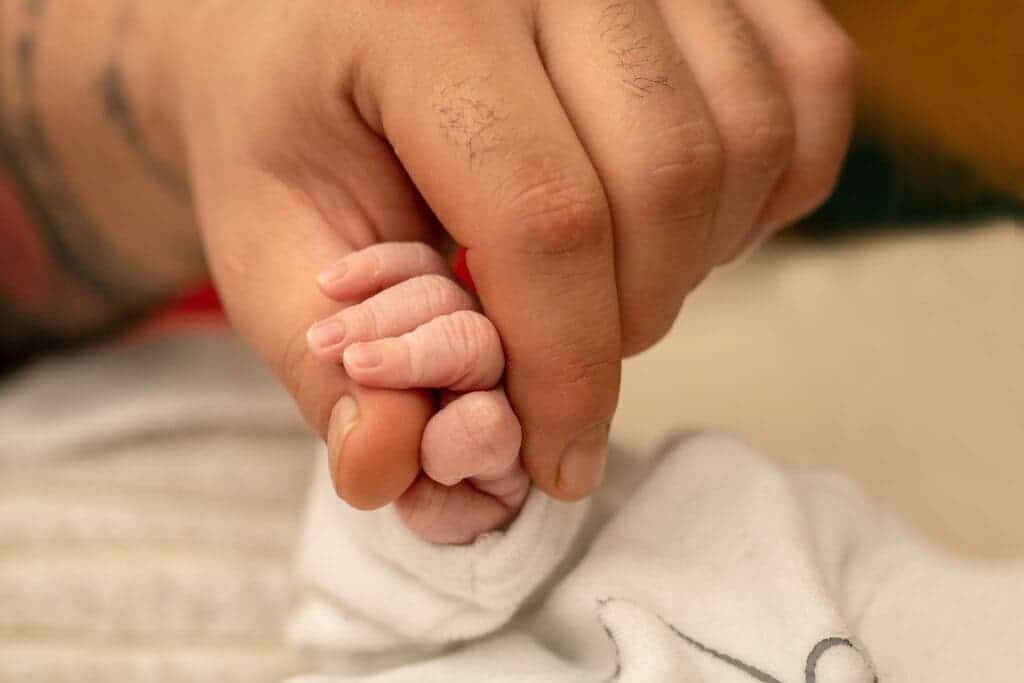A team of doctors in Japan have successfully transplanted stem liver cells into a newborn baby who required transplant, marking a world first.

This approach could be used in the future for other infants who require organ transplants but are still too young or frail to bear such an intervention, the team explains. The patient suffered from urea cycle disorder, a condition where the liver is not able to break down ammonia, a toxic compound, in the blood, but was considered too small to survive a surgical intervention.
Infant cells to treat infants
“The success of this trial demonstrates safety in the world’s first clinical trial using human ES (embryonic stem) cells for patients with liver disease,” said a press release of Japan’s National Center for Child Health and Development (NCCHD) following the procedure according to todayonline.
At only six days old, the infant (whose sex has hot been disclosed) was too small to undergo a liver transplant, which is not considered safe for patients under 6 kilograms (13 pounds), according to the NCCHD, which usually means they have to be around three to five months old.
However, the baby’s condition would have been fatal until then, so the doctors had to find an alternative way of treatment.
They settled on a “bridge treatment” meant to manage the condition until the baby was big enough for transplant. This procedure involved injecting 190 million liver cells derived from embryonic stem cells into the blood vessels of the liver. And it worked.
They report that the baby “did not see an increase in blood ammonia concentrations” after the procedure and grew up to “successfully complete the next treatment”, namely a liver transplant from its father. The patient was discharged from the hospital six months after birth.
This course of treatment can be used for infant (and perhaps adult) patients who are also waiting for a transplant in other parts of the world. Doctors at the NCCHD note that Europe and the US have a relatively stable supply of liver cells from brain-dead donors, while Japan only has a limited quantity to work with. So they had to use ES cells, which are harvested from fertilized eggs, which has caused some controversy regarding how ethical their use is.
The NCCHD is one of only two organisations in Japan allowed to work with ES cells to develop new medical treatments. It works with fertilised eggs whose use has been approved by both donors having already completed fertility treatment, according to the institute.
The treatment so far isn’t meant to replace transplants, but that’s definitely an exciting possibility for the future. Transplants save lives, but they rely on donors (whose numbers are limited) and require highly specialized equipment, doctors, and medicine to be successful. We can, however, hope that in the future a simple injection may replace the transplants of today.


